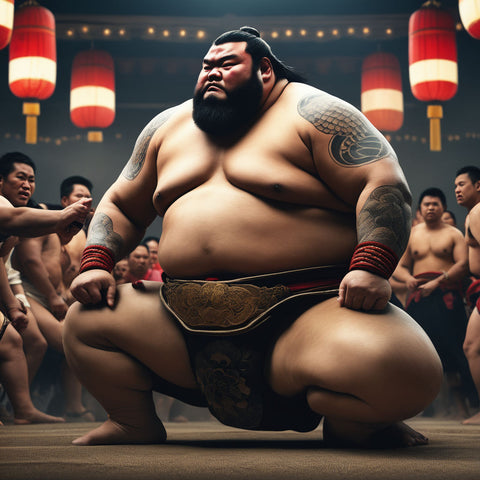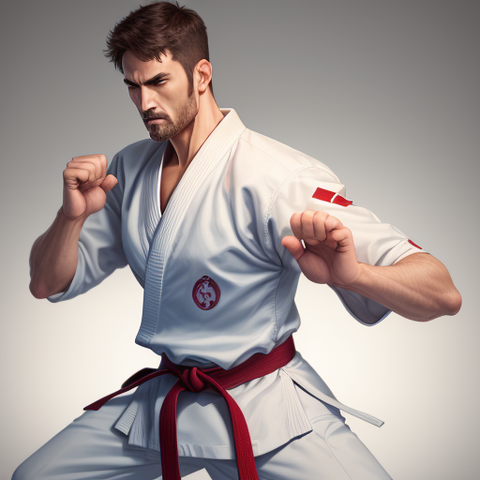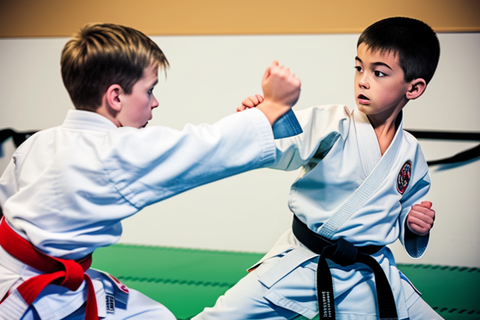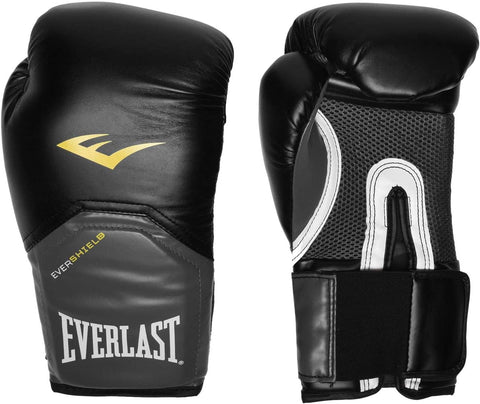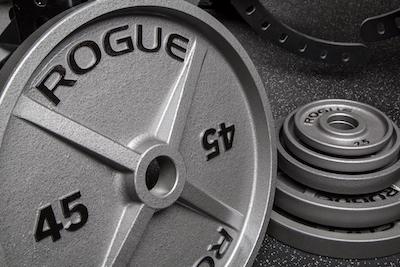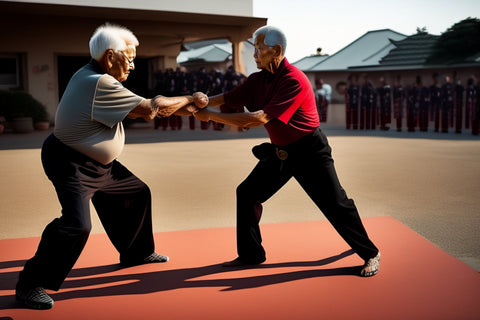5 Sumo Ranks Demystified: A Guide to the Hierarchy of Sumo Wrestling

To truly appreciate Sumo, understanding the hierarchical structure of Sumo ranks is essential. In this comprehensive guide, we will delve into the fascinating world of sumo wrestling and demystify the ranks that define the competitive landscape.
Let's explore the 5 foremost ranks of the makuuchi division and the intricacies of each rank's requirements and responsibilities
There are 5 ranks in sumo spread among 42 wrestlers, namely Yokozuna (1st), Ozeki (2nd and 3rd), Sekiwake (4th to 6th), Komusubi (7th to 9th), and Maegashira (10th to 42nd) in the top Makuuchi division. There are only 73 sumo wrestlers who had achieved the top Yokozuna rank and cannot be demoted.
Before delving into the specific ranks, we will establish a solid foundation by providing an overview of the hierarchical structure in professional sumo wrestling. Professional sumo wrestling consists of six divisions, with the top division being Makuuchi. The six divisions are as follows, from highest to lowest rank:
- Makuuchi: The top division, which includes the top 42 wrestlers in the sport
- Juryo: The second-highest division, consisting of 28 wrestlers
- Makushita: The third-highest division, with approximately 120 wrestlers
- Sandanme: The fourth-highest division, with approximately 200 wrestlers
- Jonidan: The fifth-highest division, with approximately 200 wrestlers
- Jonokuchi: The lowest division, with approximately 80 wrestlers
All ranks and divisions in sumo are divided into the East group and the West group. The higher a wrestler's rank within a division is, the stronger the general level of opponents he will have to face becomes. Knowing the divisions, we will share about the 5 ranks in the top division.
Yokozuna: The Pinnacle of Sumo
The highest attainable rank in sumo wrestling is that of Yokozuna.
The name Yokozuna means "horizontal rope" and comes from the most visible symbol of their rank, the rope (綱, Zuna) that they wear around their waist during their ring ceremony.
- The current and 73rd Yokozuna Terunofuji Haruo is a Mongolian-Japanese wrestler and got his citizenship after becoming a Yokozuna in 2021. He also changed his name along the way to combine "Teru" and "fuji" from 2 Yokozunas, Terukuni, and Asahifuji.
- The previous and 72nd Yokozuna Kisenosato Yutaka got his rank in 2017 after being in the top division since 18. In 2021, he finally achieved the necessary wins to become a Yokozuna after failing four times previously in July 2013, January 2014, July 2016, and September 2016. He retired in 2019.
Yokozunas are regarded as the ultimate symbols of sumo greatness. The longest-serving Yokozuna was Hakuhō Shō who was one for 14 years from 2007 to 2021, and the shortest was around 1 to 2 years with various Yokozunas. On 27 January 1993, Hawaiian-born ōzeki Akebono became the 1st non-Japanese-born Yokozuna, after only eight months as an ōzek.
At any one time, there are as many as 4 Yokozunas (e.g. 1905 to 1908).Sumo wrestling is a highly respected profession in Japan, but it's not just about prestige. It is a lucrative profession that can provide a comfortable living for those who excel in the sport and we will explore the earnings of Sumo wrestlers.
The first list of Yokozuna (with 17 names in total) was compiled by the 12th Yokozuna Jinmaku Kyūgorō in 1900 but was not regarded as official until 1926 when it was published by the newly formed Japan Sumo Association. Two consecutive tournament championships or an "equivalent performance" at the ōzeki level are the minimum requirements for promotion to yokozuna in modern sumo.
The other ranks beyond Yokozuna are commendable too and include
- Ozeki: The Second-Highest Rank
- Sekiwake and Komusubi: The Precursors to Higher Ranks
- Maegashira: The Heart of the Makuuchi Division
If you're curious about the average weight and height of a sumo wrestler, read our other article that takes a closer look at the physical characteristics of these athletes and what makes them so formidable in the ring.

Juryo: The Gateway to Makuuchi
Beyond the Makuuchi division lies the Juryo division, which serves as a gateway for wrestlers aspiring to reach the higher ranks. We will explore the unique characteristics of the juryo division, the 28 wrestlers within it, and the promotions and demotions that occur between the juryo and Makuuchi divisions.
The Dynamics of Rank Changes
Promotions and demotions are integral to balance and competitiveness in sumo wrestling. In this section, we will provide a detailed explanation of how rank changes occur. Factors such as win-loss records and tournament results play a crucial role in determining promotions and demotions. Understanding these dynamics will offer insight into the ever-evolving nature of sumo ranks.
Evolution and Critiques of the Sumo Ranking System
Over time, the sumo ranking system has evolved to adapt to changing circumstances. We will explore the historical developments and consider the criticisms that have been raised concerning the current system. Additionally, we will discuss proposed changes and alternatives aimed at addressing perceived issues.
If you're interested in learning about the eating habits of sumo wrestlers, you've come to the right place. In this article, we'll explore how much sumo wrestlers eat in a day and what kind of food they consume to maintain their massive size and strength. So, let's dive in and discover the secrets behind this fascinating sport.
Sky Hoon. About
Martial Art Fan
He started his love on martial arts by watching MMA and Angela Lee. He then started this blog to learn more about the different martial arts.
Other Posts By Author


